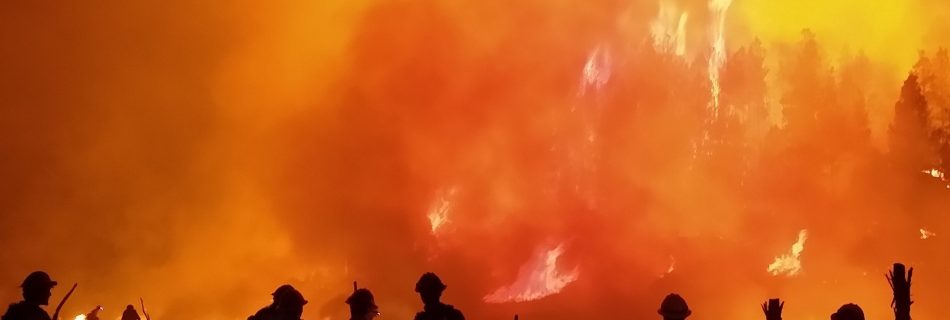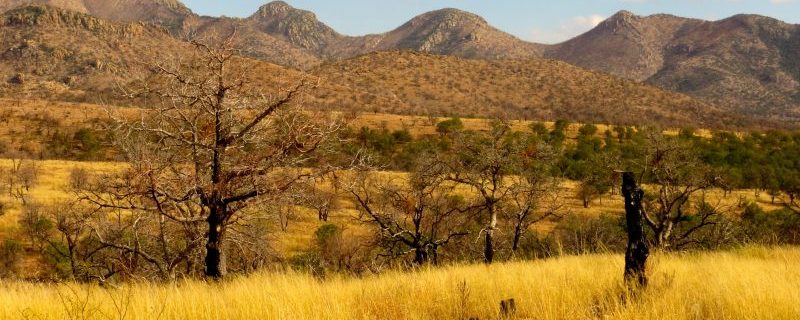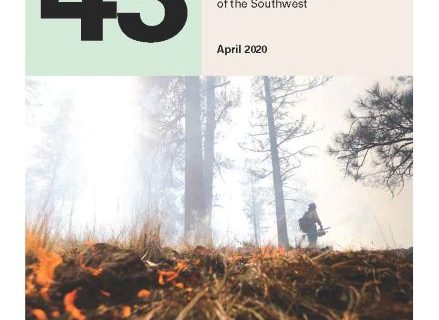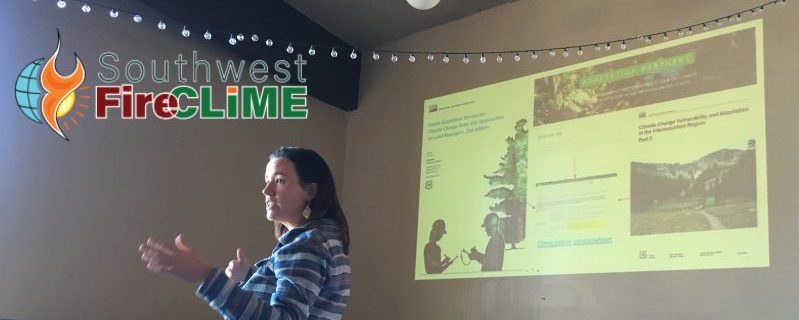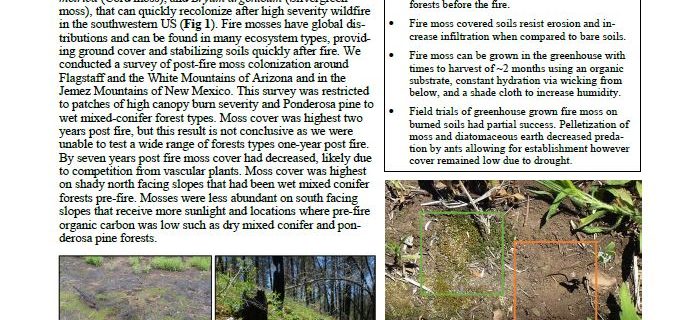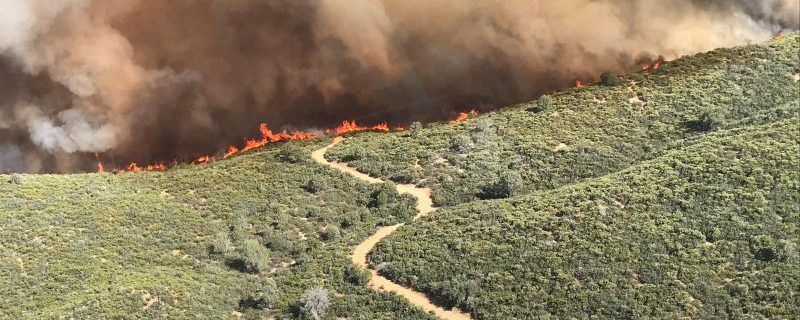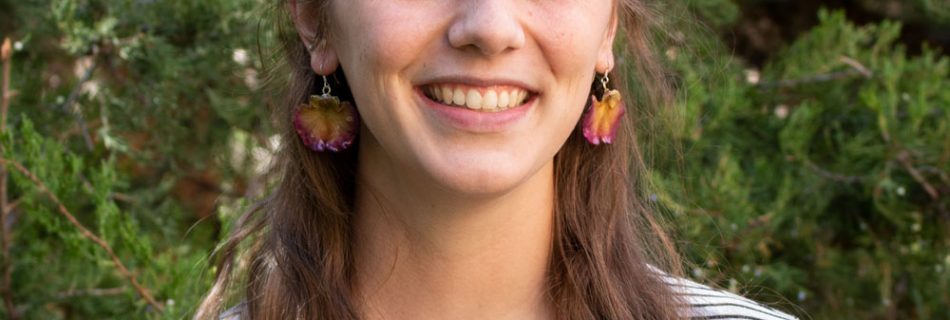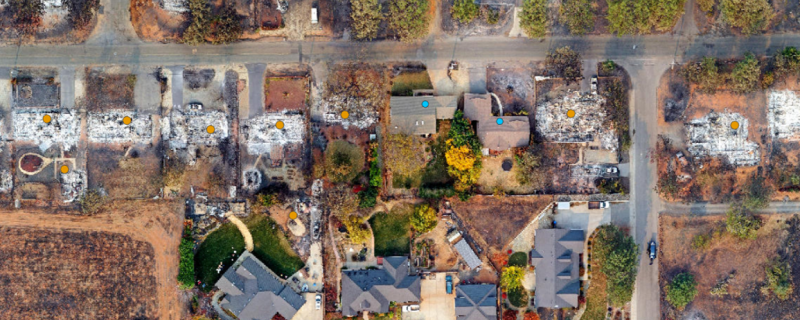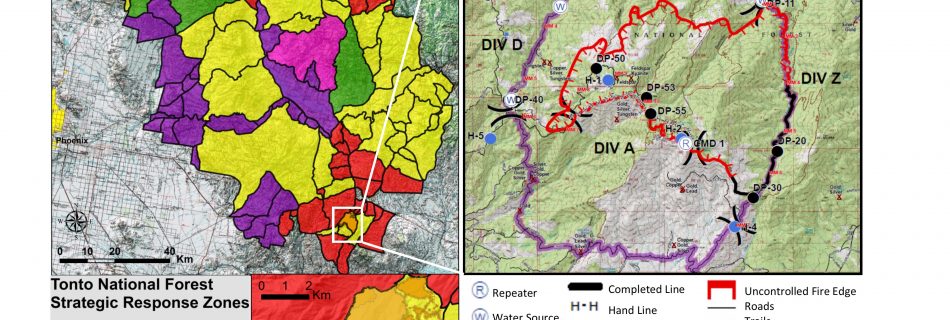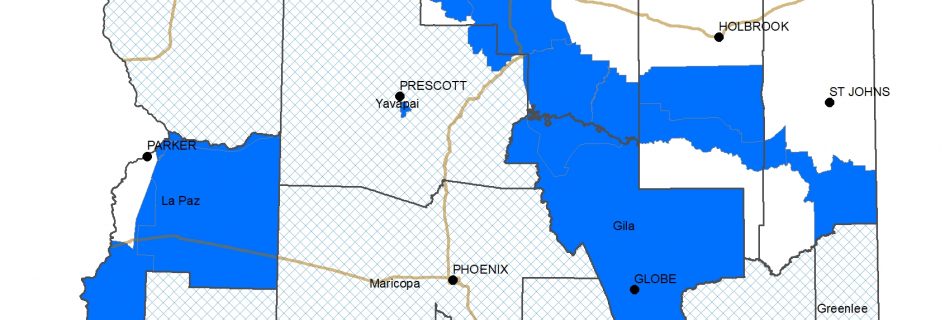Wildfire and COVID-19 Response
Released May 26, 2020 as part of the Hot and Dry Podcast Series by Cally Carswell and Collin Haffey, supported by the Southwest Fire Science Consortium. Cally and Collin talk with experts on how COVID-19 is changing the way we respond to fires across the Southwest and the US. The virus has umm… infected… every …

